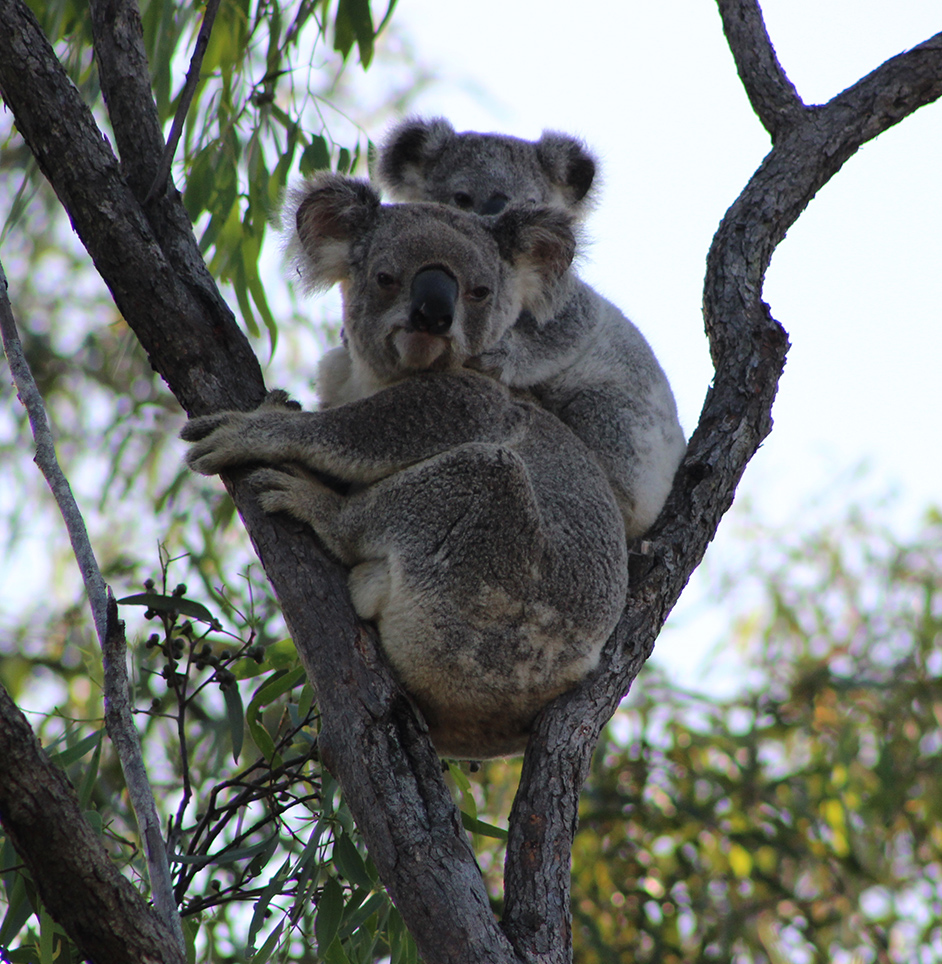
Q: It’s not every day that one contributes to a national action plan for endangered plants! Can you tell us a bit more about the program and your involvement?
The National Action Plan aims to highlight Australia’s most at-risk plants; understanding the species and the main threats faced by each. I was asked, on behalf of SMEC, to be involved due to my experience with one of the plants, Zieria exsul (banished stink bush), which is listed as ‘critically endangered’ under the Queensland Nature Conservation Act 1992.Zieria exsul has a highly restricted distribution on Queensland’s Sunshine Coast and is under threat from development.
My experience with this plant includes population surveys and the identification of a new population growing approximately 50km south of the only other known plants. I wrote a translocation management plan and was involved in translocating 12 individual plants, that were going to be impacted by a development, to nearby suitable habitat and propagating additional individuals to a new site to help ensure the species’ survival in the wild. The propagation program has been very successful, with over 50 plants propagated so far.
We are still in the early stages of the program and as this is the first time we’ve attempted to translocate the species, we are learning a lot about how these plants react to translocation and propagation. Ultimately, we will gain a better understanding of the species and the actions needed to preserve them.


Q: How does this lead to a better understanding of Australia’s most endangered plant species, and biodiversity protection in general?
Our understanding of many of these species is very limited, so this is helping us to understand how we can best protect them. For example, we may learn that a certain species responds really well to propagation but only moderately well to translocation – this is vital in understanding how the species can be established and thrive in an environmental offset site.
Through population surveys, we gain an understanding of what habitat types certain species prefer, including the soil conditions the species is associated with. This knowledge guides the identification of suitable habitat and suitable offset sites, improving the chance of a positive translocation.
Q: As an environmental scientist, how do you and your team ensure environmental practices are integrated into infrastructure projects?
A key aspect of our role as environmental scientists is to keep every stakeholder on a project informed of the environmental aspects relevant to the project, and to identify any associated risks early in the project. Early identification of environmental risks is crucial because it is much easier to incorporate environmentally sensitive designs from the beginning of a project and it helps to minimise complications later in the design process.
Q: Over the span of your career, you have been involved with diverse infrastructure projects in Australia, including multiple stages of the Bruce Highway Upgrade and the Hells Gates Dam and Irrigation Scheme – what is a stand-out aspect of your involvement on these projects?
Major projects are always a highlight – there are so many challenging aspects to overcome to deliver an optimal outcome. Personally, I really enjoy being part of a project where a tangible environmental outcome is achieved, for example offsetting koala habitat trees, planting and translocating threatened plants, or conserving threatened frog habitat. Re-visiting the conserved frog habitat once the development is completed, and seeing that the threatened frogs are still there, is an incredibly satisfying achievement. With the multiple stages of the Bruce Highway upgrade, a significant achievement is tailoring the mitigation strategies to the risks and impacts specific to each section. This has included the incorporation of a fauna rope bridge near Caboolture, and koala offset sites near Cooroy.
Excellent collaboration between the client, government agencies and our experts is vital to achieving these environmental and sustainable outcomes. It is essential, especially on major projects, that we deliver a solution that satisfies the State or Commonwealth regulator and provides the best environmental outcome possible whilst supporting and collaborating with our client throughout the entire project lifecycle.












